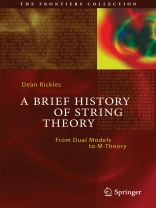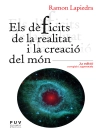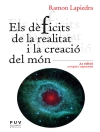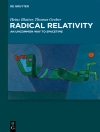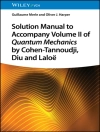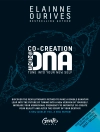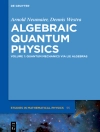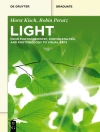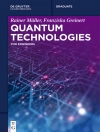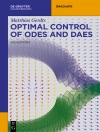During its forty year lifespan, string theory has always had the power to divide, being called both a ‘theory of everything’ and a ‘theory of nothing’. Critics have even questioned whether it qualifies as a scientific theory at all. This book adopts an objective stance, standing back from the question of the truth or falsity of string theory and instead focusing on how it came to be and how it came to occupy its present position in physics. An unexpectedly rich history is revealed, with deep connections to our most well-established physical theories. Fully self-contained and written in a lively fashion, the book will appeal to a wide variety of readers from novice to specialist.
Tabla de materias
History and Mythology.- Part I: The (Very) Early Years: 1959-1973.- Particle Physics in the Sixties.- The Veneziano Model.- The Hadronic String.- Supersymmetric Strings and Field Theoretic Limits.- Part II: A Decade of Darkness: 1974-1984.- An Early Demise? Theoretical Exaptation in String Theory.- Turning Point(s).- Part III: String Theory Becomes Super: 1985-1995.- Superstring Theory and the Real World.- A ‘Second Superstring Revolution’ and the Future of String Theory.
Sobre el autor
Dean Rickles is associate professor of history and philosophy of science at the University of Sydney. He specialises in the history and philosophy of quantum gravity and has published extensively in this area. He has authored or edited several books including: The Structural Foundations of Quantum Gravity (coedited with S. French and J. Saatsi: Oxford University Press, 2006); Symmetry, Structure, and Spacetime (Elsevier, 2007); The Ashgate Companion to Contemporary Philosophy of Physics (Ashgate, 2008); and The Role of Gravitation in Physics: Report from the 1957 Chapel Hill Conference (Co-edited with Cecile De Witt: Max Planck Research Library for the History and Development of Knowledge, 2011).
